Scoliosis in Children: Early Detection and Management
Scoliosis is a condition that causes an abnormal sideways curvature of the spine. It most commonly appears in children and adolescents during periods of rapid growth, especially just before puberty. While mild cases may go unnoticed, early detection is essential to prevent progression and ensure a healthy, active future. At Child OrthoCare, we are committed to helping families understand and manage scoliosis with personalized care from Dr. Nargesh Agarwal, a leading Pediatric Orthopedic Surgeon. What is Scoliosis? Scoliosis occurs when the spine curves to the side, forming an “S” or “C” shape rather than a straight line. It can vary in severity and may develop for different reasons. Types of Scoliosis in Children: Signs of Scoliosis in Children Early scoliosis may not cause pain, so it’s important to watch for physical signs, including: Uneven shoulders One shoulder blade more prominent than the other Uneven waist or hips Leaning to one side Clothes not fitting evenly Parents or school screenings often detect these signs. If you notice any of them, a medical evaluation is recommended. How is Scoliosis Diagnosed? Diagnosis typically includes: Management and Treatment Options Treatment depends on the child’s age, degree of spinal curvature, and rate of progression: 🔹 Observation For mild curves (<20°), regular monitoring is often enough. 🔹 Bracing For moderate curves (20–40°) in growing children, a back brace can help prevent further curvature. 🔹 Surgery Severe scoliosis (>45–50°) or curves that continue to worsen may require spinal fusion surgery to correct and stabilize the spine. Why Early Detection Matters Early identification allows for timely intervention, often avoiding the need for surgery. Regular back checks and awareness can make a big difference in outcomes. Expert Care with Dr. Nargesh Agarwal At Child OrthoCare, your child’s spine health is in safe hands. Dr. Nargesh Agarwal brings years of experience in managing pediatric scoliosis with a patient-centered approach. Whether your child needs observation, bracing, or surgery, we guide you every step of the way. Visit Us:Child OrthoCare Clinic Call: +91-9873191340












